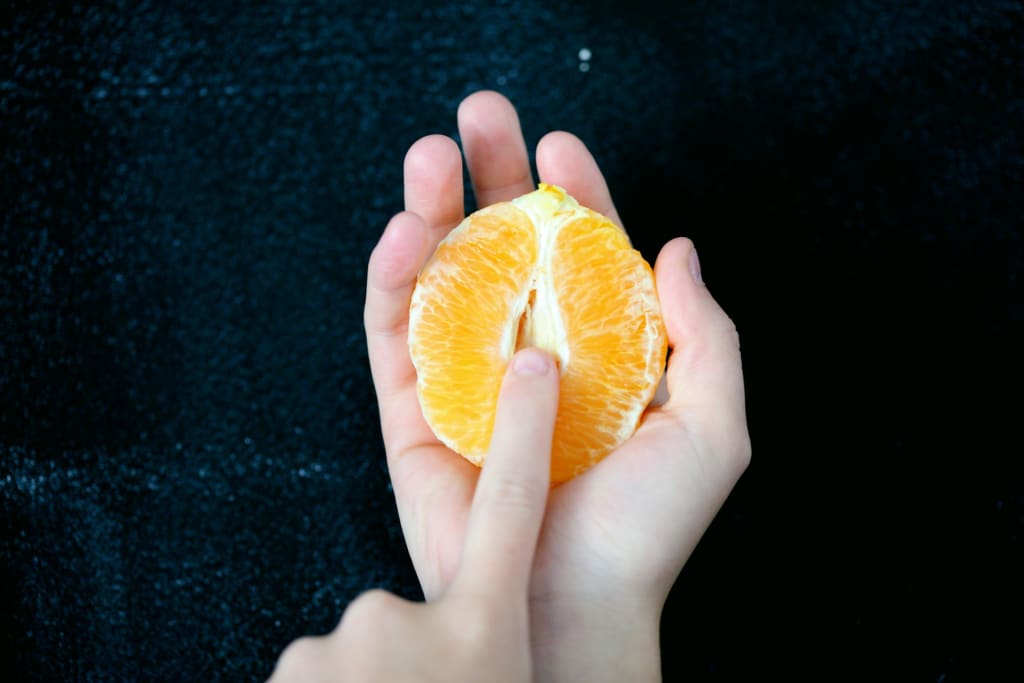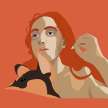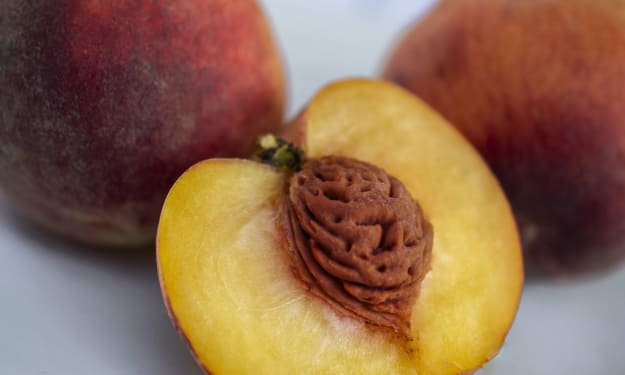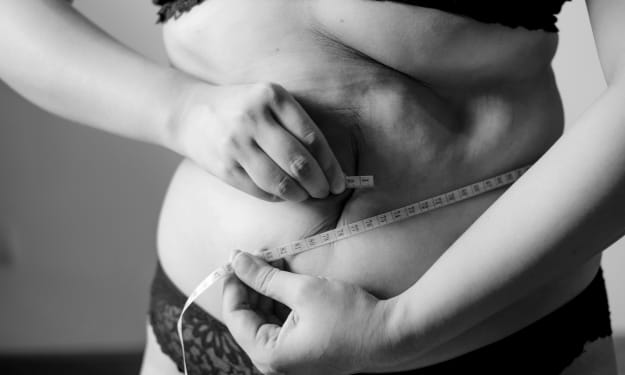Vaginismus: the What and Whys of it all
Part one of series

(Disclaimer: I am not a medical professional, I am someone with the disorder who has been receiving treatment for nearly a decade.)
Sexual awakening for most happens either before puberty or right at the beginning of it. This time is often met with excitement, confusion, learning, and many, many questions. As fun as it can be, it’s not uncommon for questions to sound like “shouldn’t this feel good?”
Women’s health (or more specifically for these purposes, female genitalia health, and anyone who has female genitalia) is often unresearchered, unrecognized, and unappreciated by the medical system. This is extremely unfortunate for many obvious reasons, but there is one in particular that hits very close to home for a large portion of the population and that reason is that for many individuals with vulvas and vaginas, intimate touch hurts.
There aren’t many people in the Western world that have not heard about sexual pain disorders. There also aren’t many people in the Western world that haven’t been told that it’s not uncommon that women are not able to achieve orgasm. Not only are feminine sexual pain disorders often unrecognized by doctors because they aren’t well educated on the matter, but the general public has no clue about the female reproductive system. Studies show that only about 4% of individuals with female reproductive systems are unable to achieve orgasm. Most of the people who believe they fit into that 4%, are actually fully capable of achieving orgasm, but either don’t know how, are too oppressed by society to allow themselves to orgasm, or have a sexual pain disorder that doctors wave off. One of the most common sexual pain disorders experienced by those with vaginas and vulvas is called Vaginismus (often comorbid with Vulodynia which we will also be discussing in this series).
There are two types of vaginismus. Primary vaginismus is something that a person will experience from birth or childhood, and is caused by physiological problems, psychological traumas, or both. These physiological problems could be muscular (the pelvic floor can be both too tight or too weak, causing the condition or because of the condition), they could have to do with the hymen, they could have endometriosis which is often undiagnosed, and can be due to physical trauma. Psychological triggers of the condition would be traumatic experiences including social and religious pressures, bad experiences (minor or severe), and lack of education.
Secondary vaginismus is caused later in life from psychological or physical trauma, often the result of abuse or an assault, surgery or illness, or other form of injury. This type of vaginismus is often more easily diagnosed because medical doctors and mental health professionals can see and understand the cause of it, but this doesn’t make treatment any easier.
Vaginismus is highly treatable when properly diagnosed. The treatment process can be very long, and more often than not extremely mentally and physically tolling. Although treatment can be done on one’s own, in best case scenarios it is done with the assistance of knowledgeable and specialized doctors, counsellors, sex therapists, and psychotherapists, as well as with physiotherapists, breathing/meditation coaches and yoga instructors, and in extreme situations, surgeons.
In the upcoming parts of the series we will discuss pre-diagnosis, diagnosis, treatment, mental health and physical health aspects, relationships, and more. The purpose of the series is to educate those with vaginismus (or who suspect they have vaginismus), partners of those with vaginismus, and supporters of those with vaginismus (including medical and mental health professionals, friends and family, teachers and mentors, and more), from the perspective of someone with vaginismus and the large community of individuals offering their two-cents and insight into the condition as if affects them or their loved ones and patients.
About the Creator
Snider
Student of Environmental Sustainability with a passion for holistic health and imagination.
Enjoyed the story? Support the Creator.
Subscribe for free to receive all their stories in your feed. You could also pledge your support or give them a one-off tip, letting them know you appreciate their work.






Comments
There are no comments for this story
Be the first to respond and start the conversation.